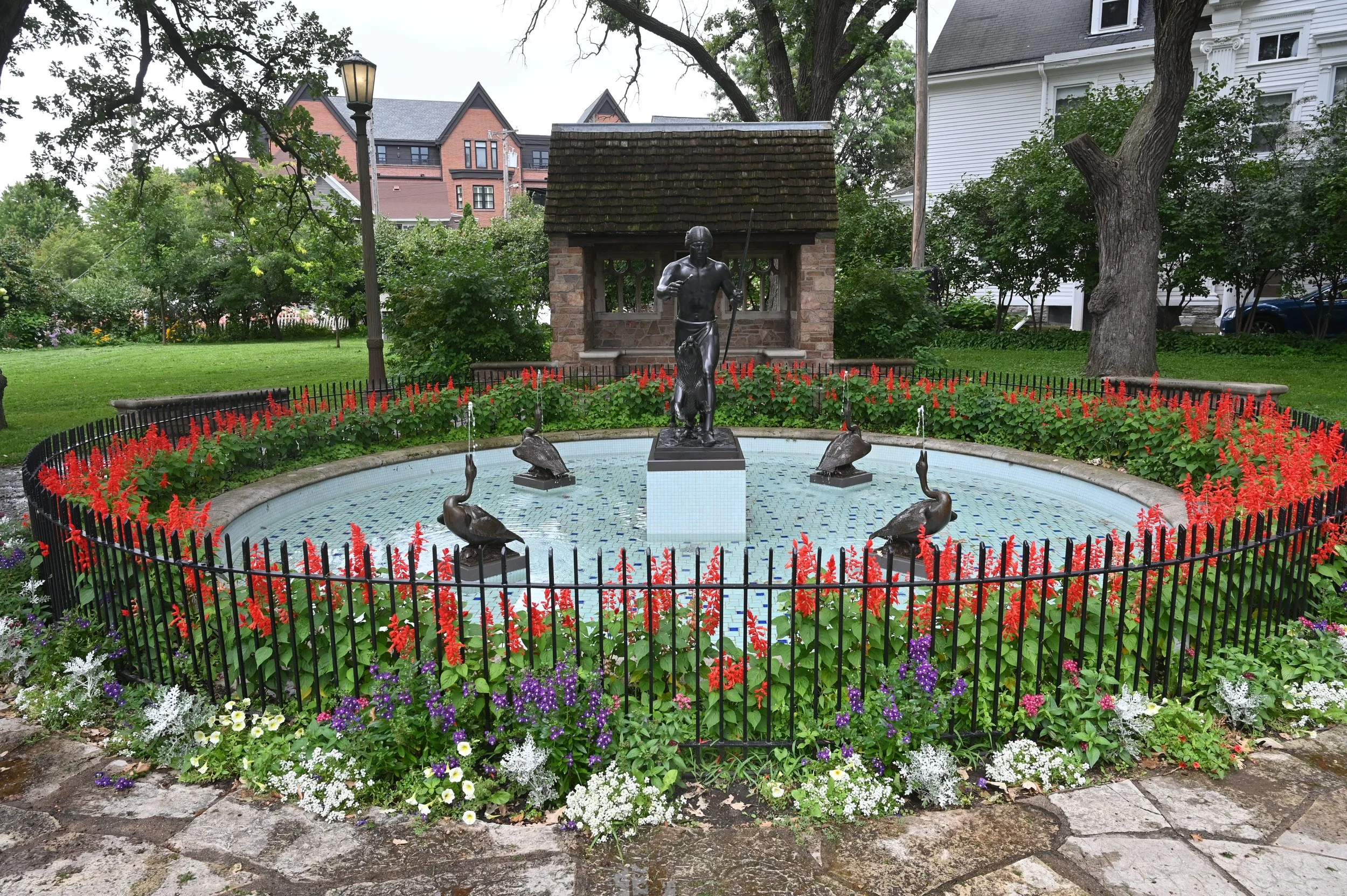
The restoration result. The work is now much closer to Manship's original vision.
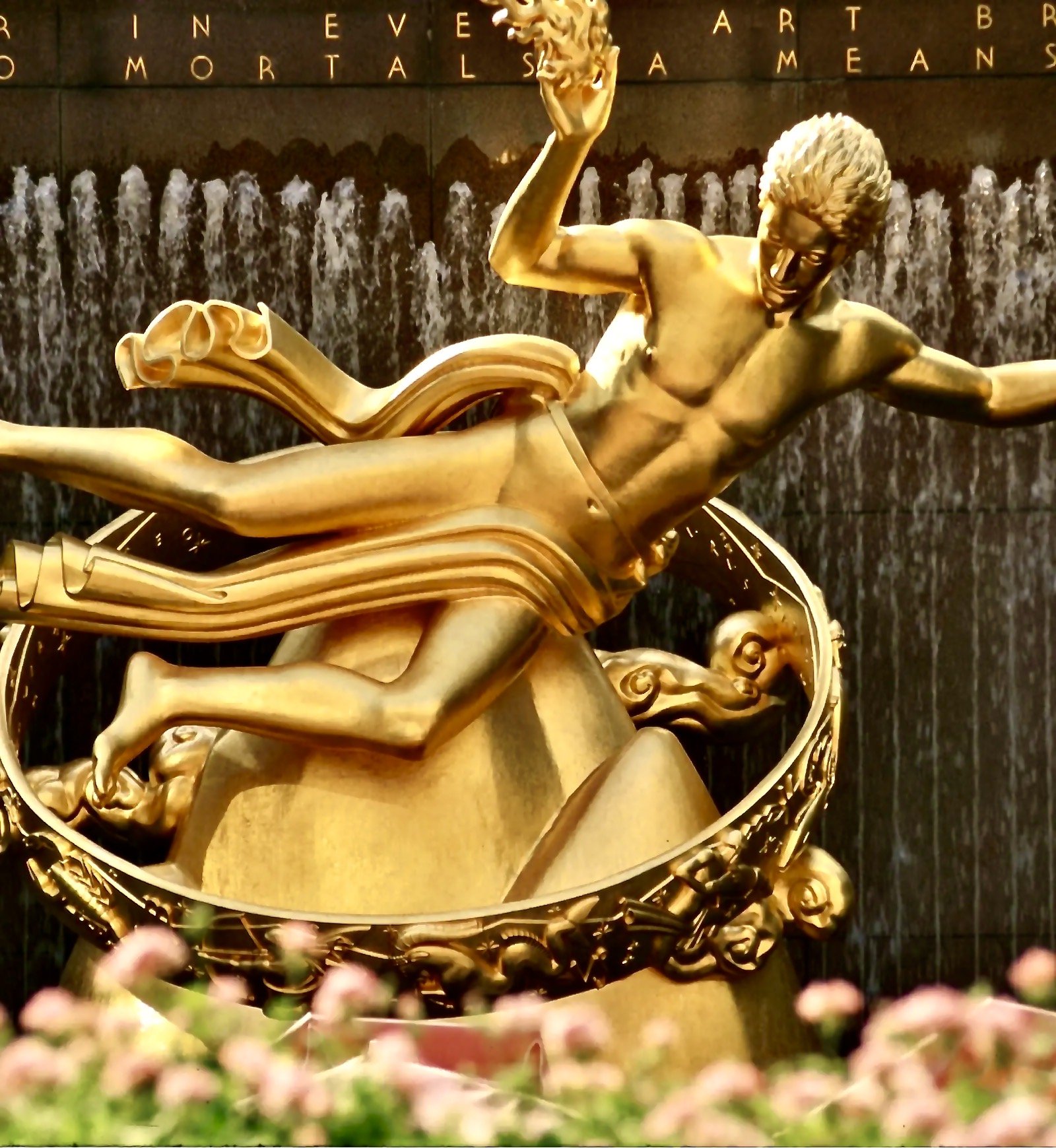
Well-known for Prometheus, the gilded bronze he created in 1934, during the Depression. 18 ft tall and weighs 8 tons.

The basin of the pool had tiles in shades of blue but the plinths under the boy, and the geese, do seem to be without tiles. It's difficult to tell from early photos.

Tiles are changed. The multiple shades draw your eye away from the sculpture.

An earlier conservation of the work tiled all the plinths in shades of blue tiles. After decades of Minnesota winters, they began to fall away.
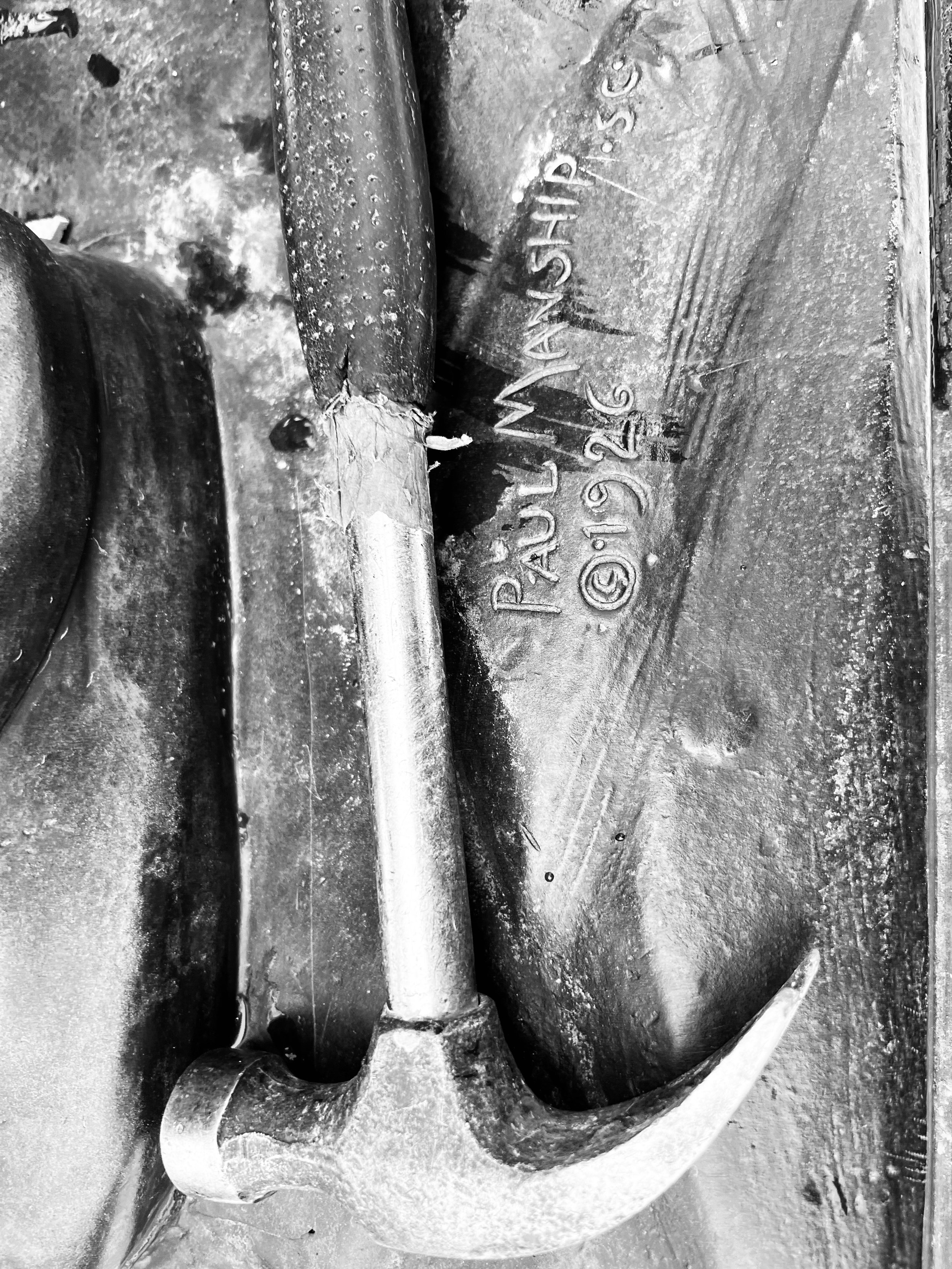
When we arrived, someone had left behind a hammer on the work, and the arrow was bent. The state of disrepair was alarming.
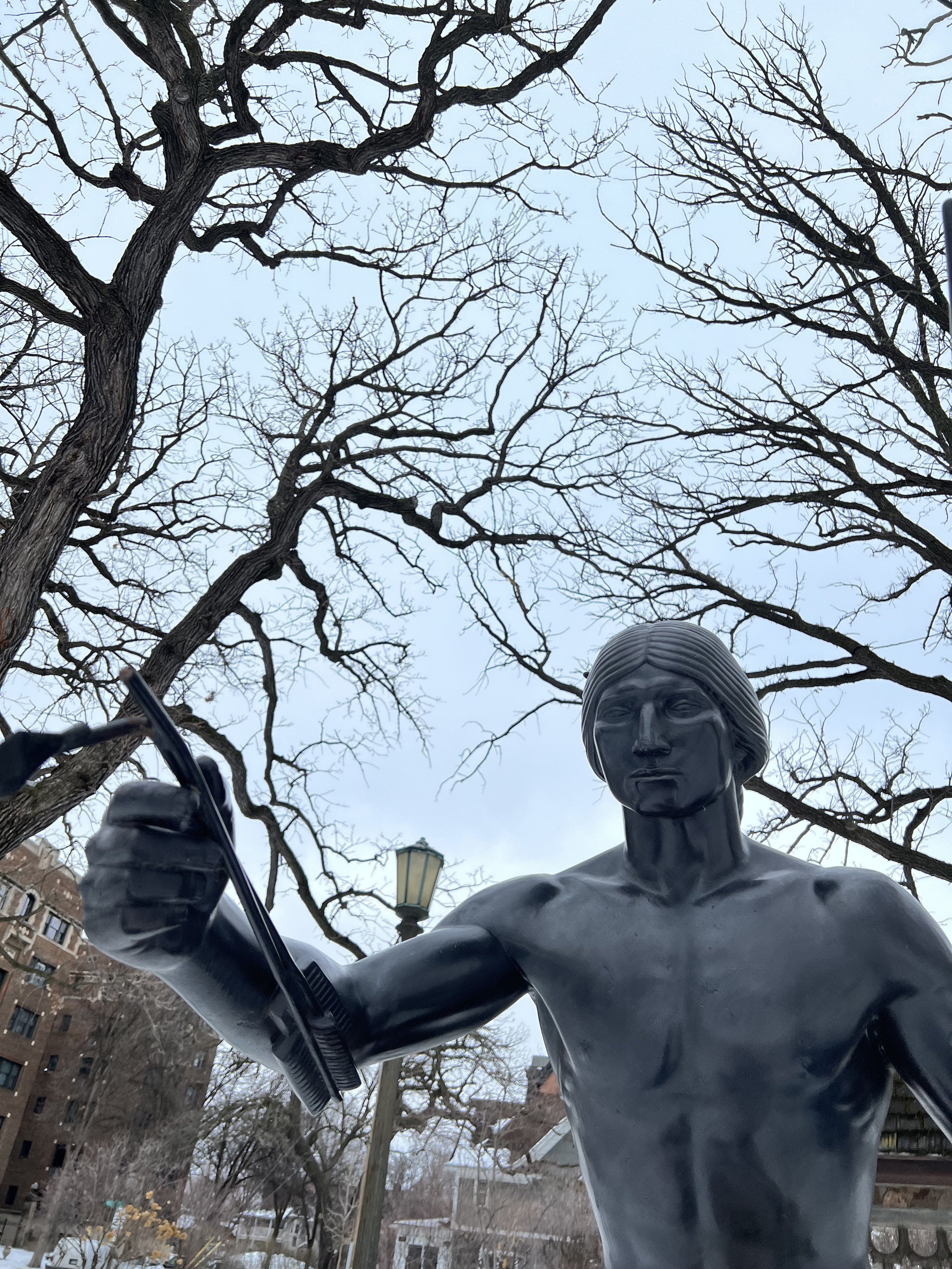
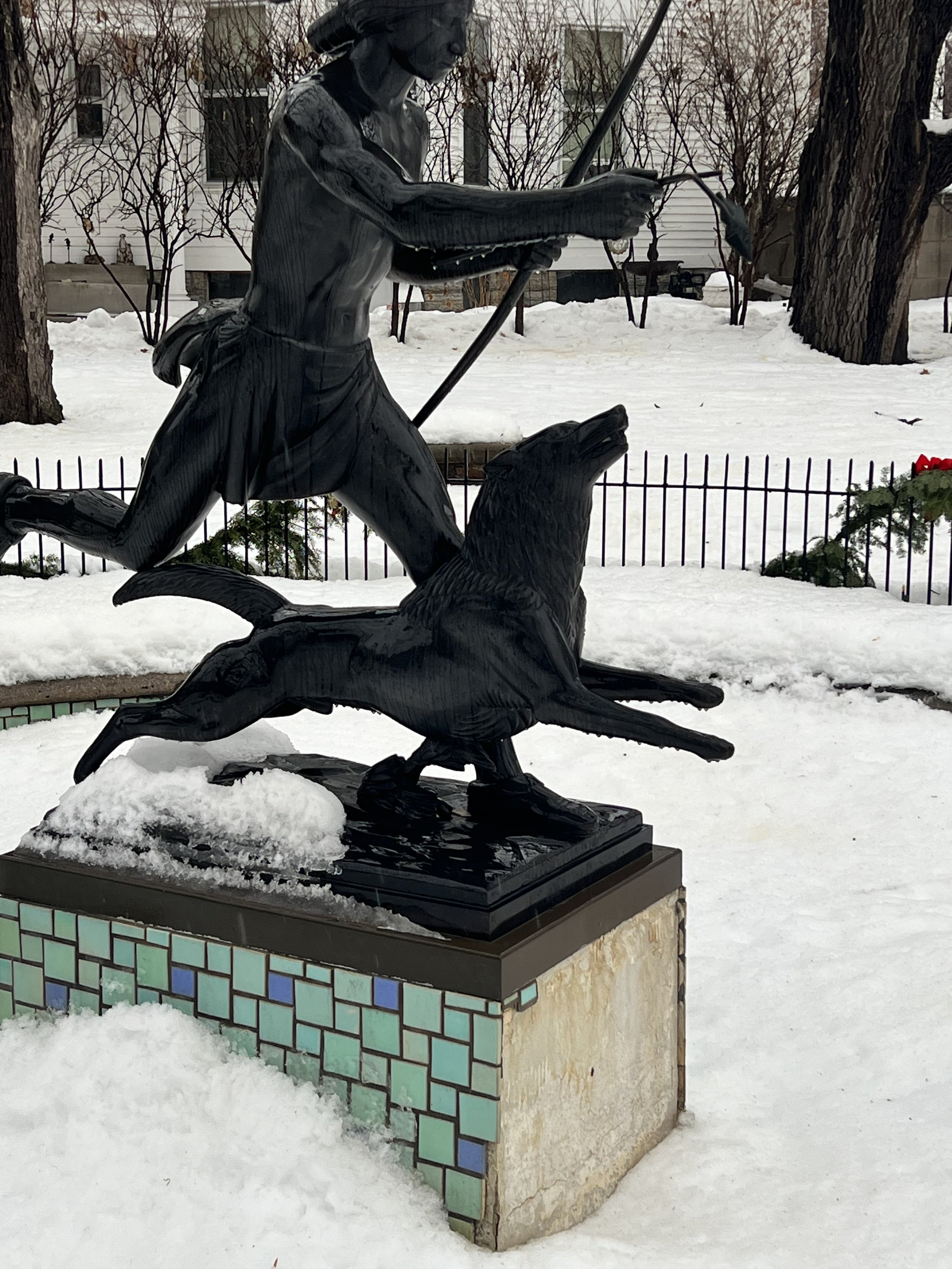
of our work. How do you find reasonably priced tiles that have the same look, but are durable?
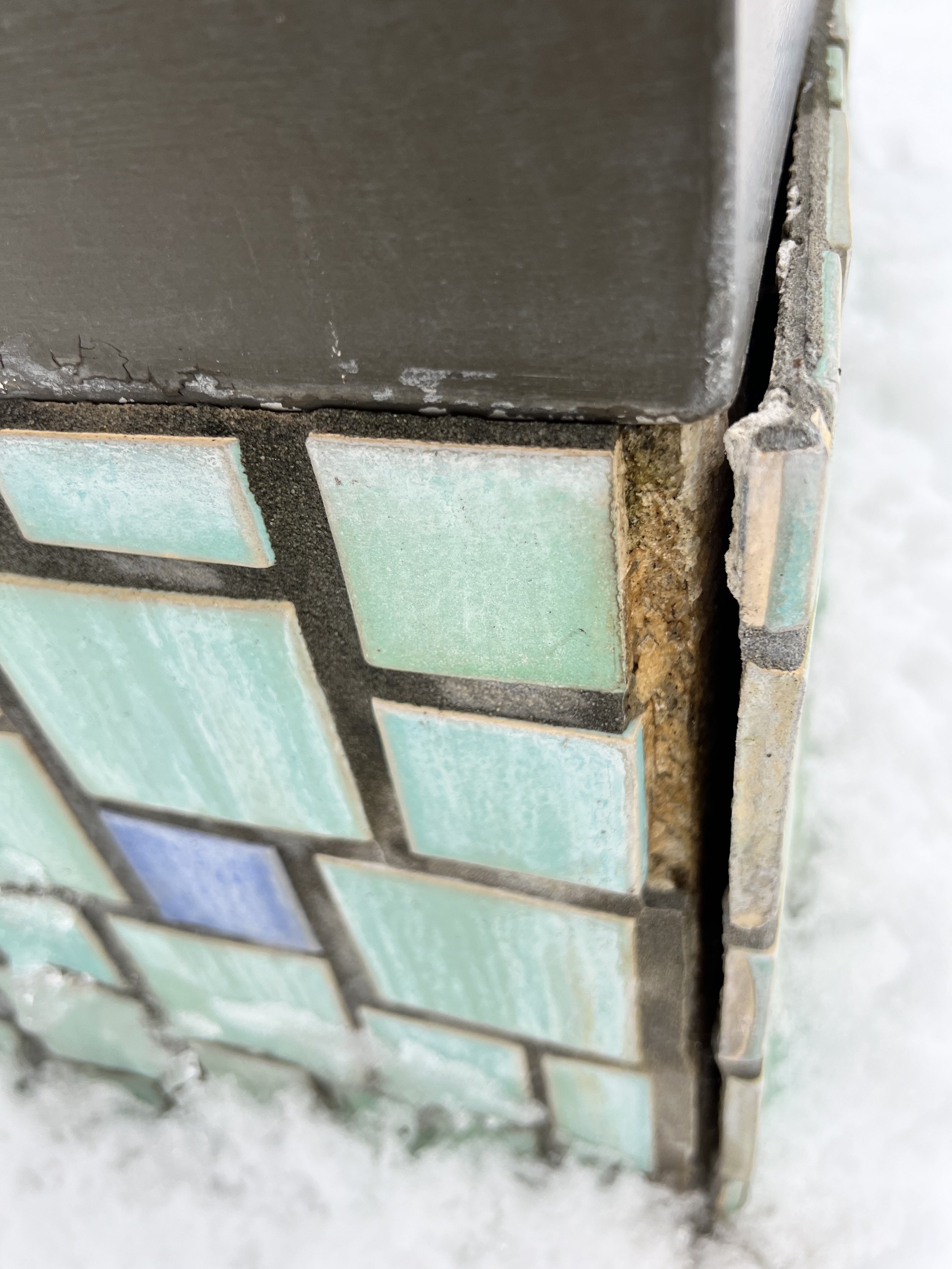
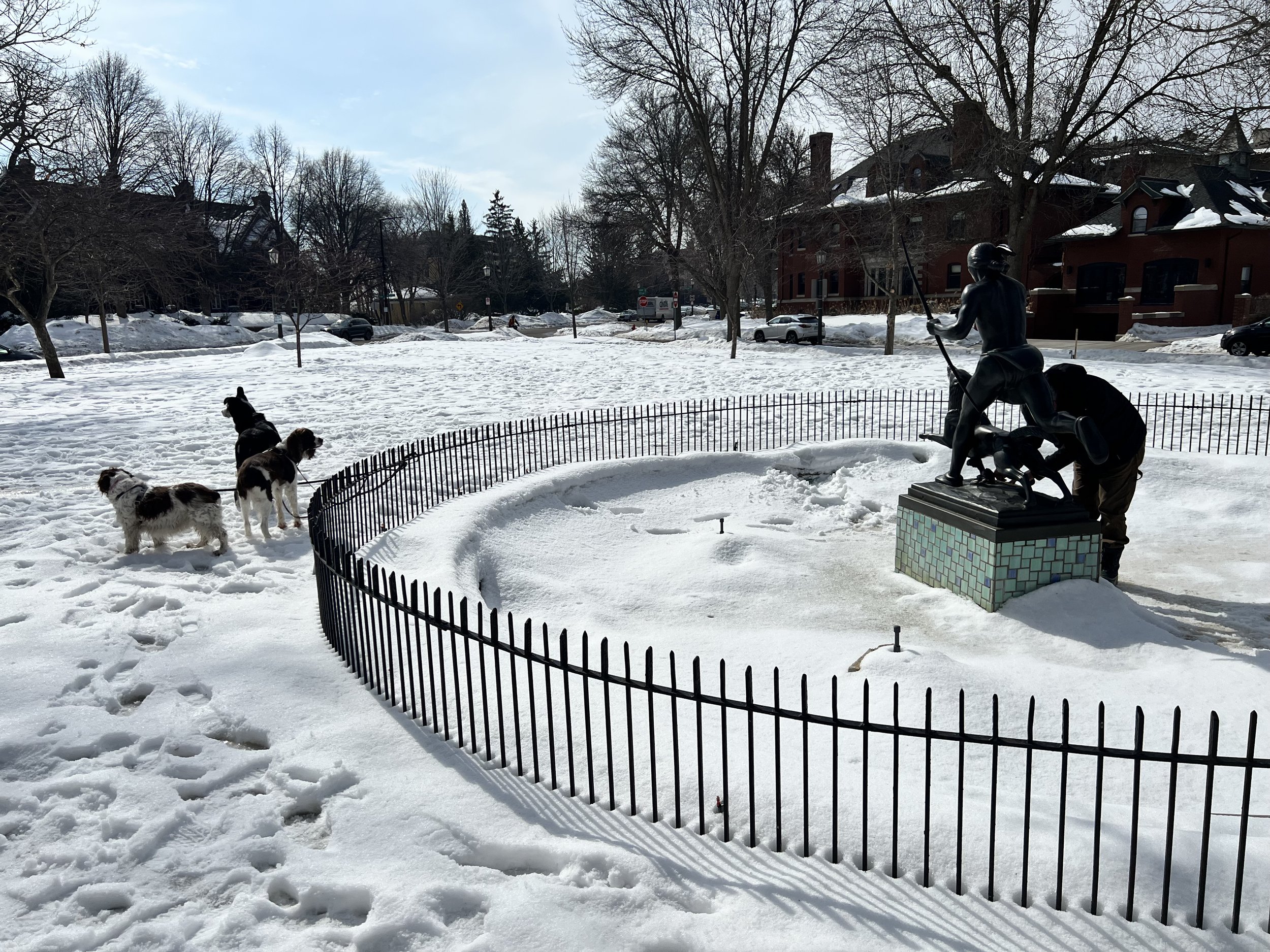
Measuring between snowstorms. The ice was nearly a foot deep, and had to be gently melted away with warm water to get working measurements of the depth of the basin.
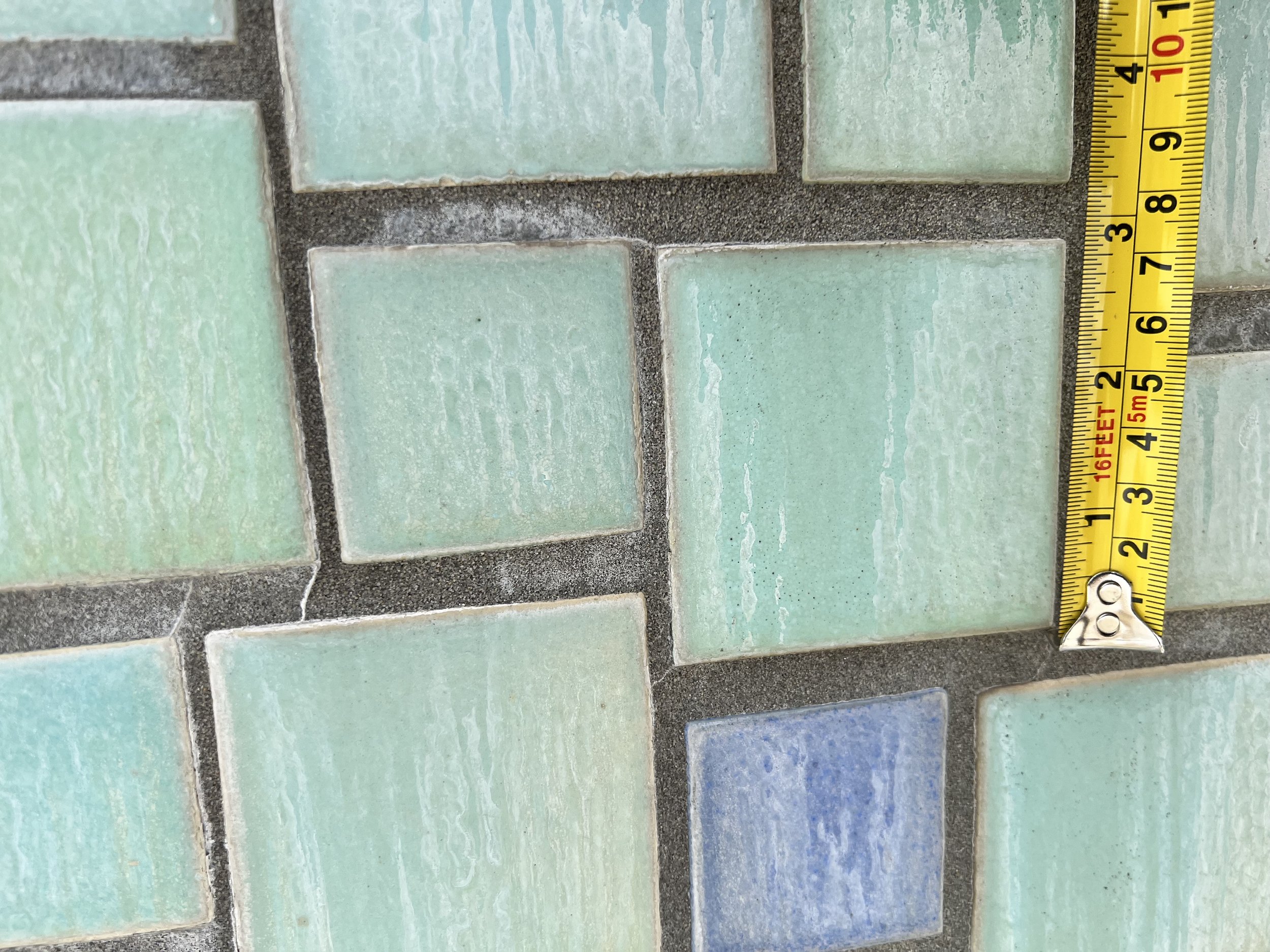
Are 3 inches by 3 inches.

The fountain’s dimensions. As a point of reference, the tiled center plinth (where the bronze is sited) is approximately 2 ft 5” (H). The tiling around the edge is approximately 19 inches (H).
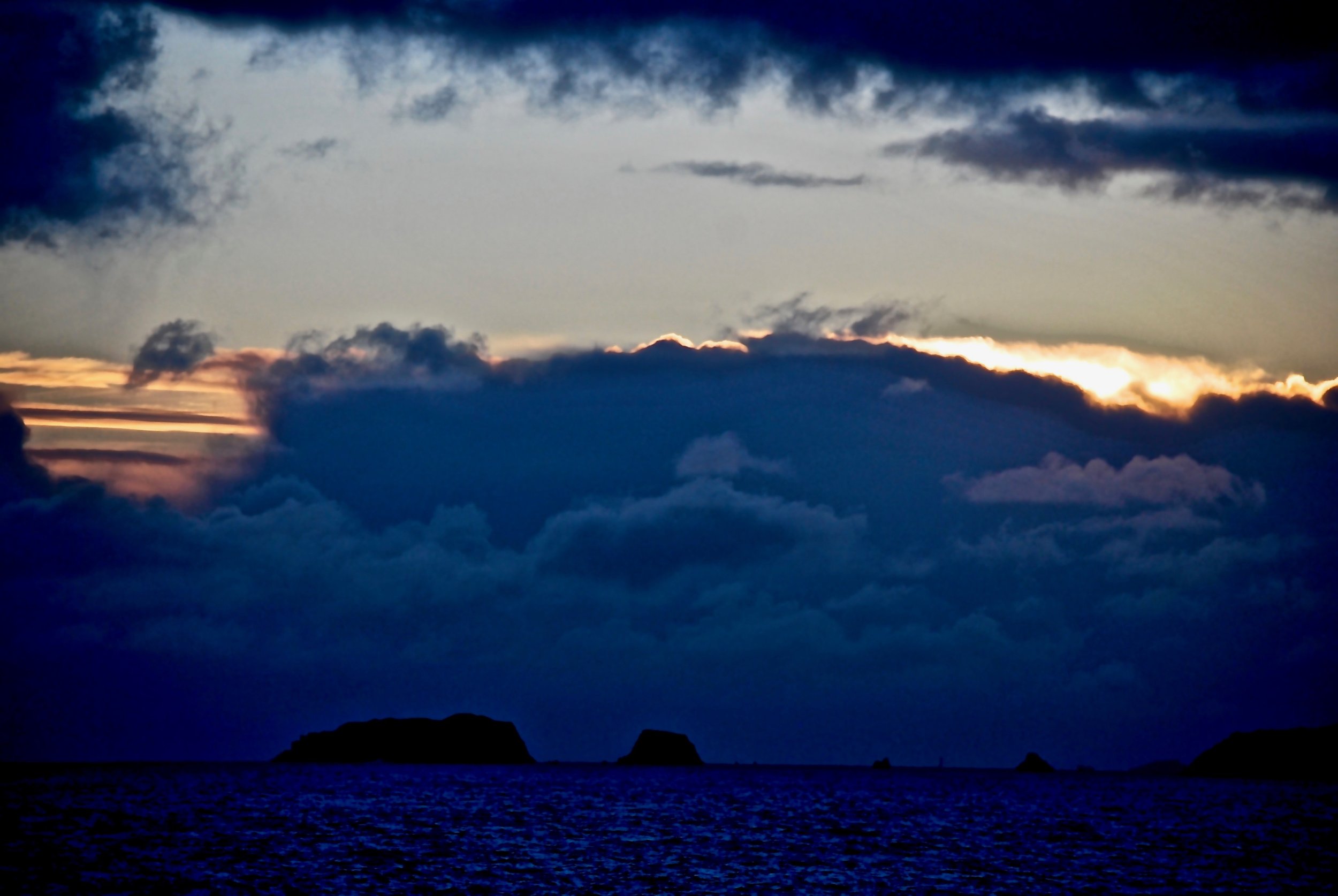
We wait until the quotes are in. The Project must be finished by the end of May.

Two life size casts were made of the Indian Hunter and His Dog. One is in Saint Paul, the other in Vaucresson, France. The public sculpture was commissioned by Thomas Cochran, Jr. in memory of his father and placed in Cochran Memorial Park in Saint Paul. There exist at least six small versions of Indian Hunter and His Dog in private collections.
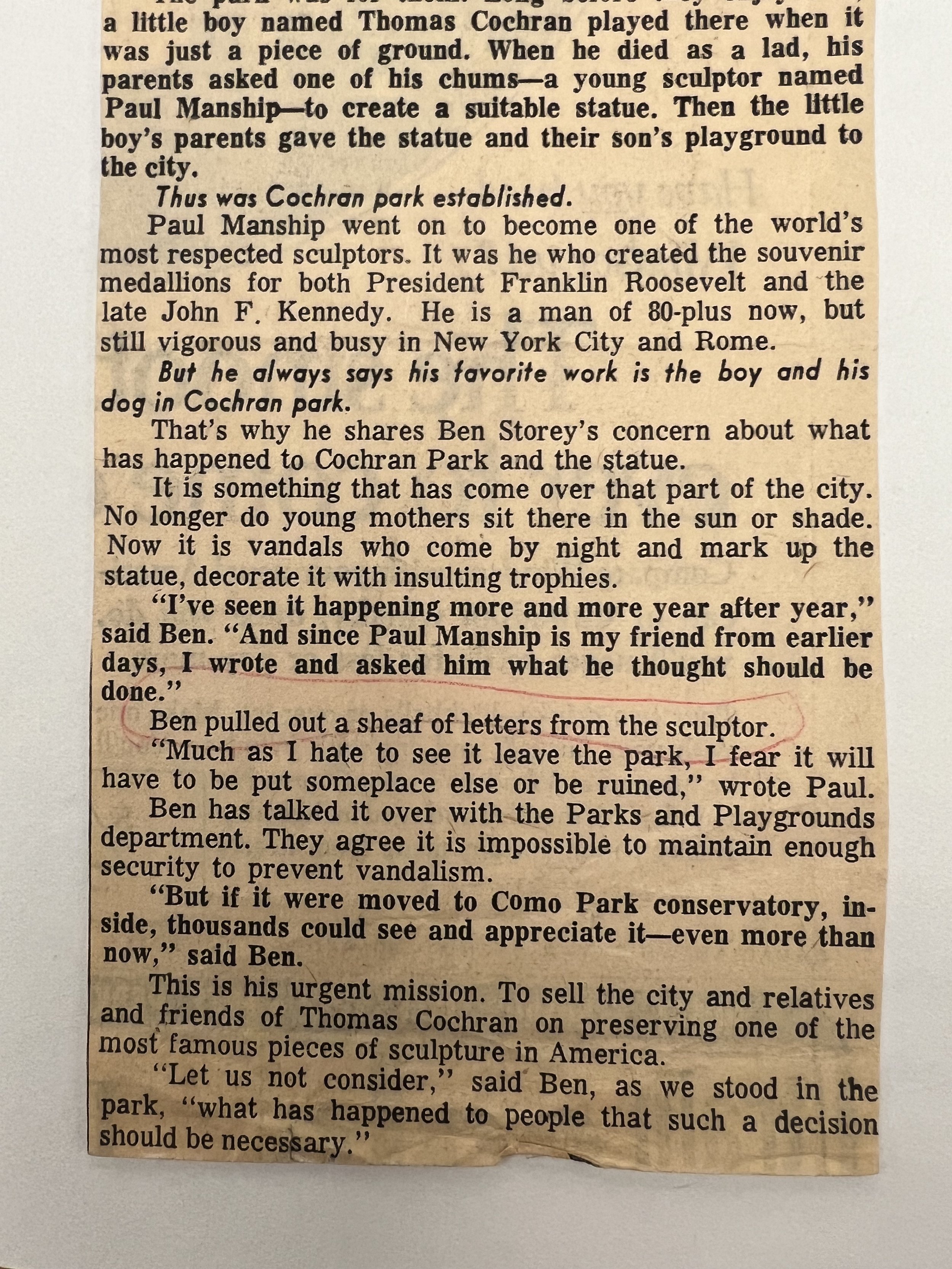
He wrote many letters about his "Favourite" fountain, trying to enlist the City to secure the work against vandalism.
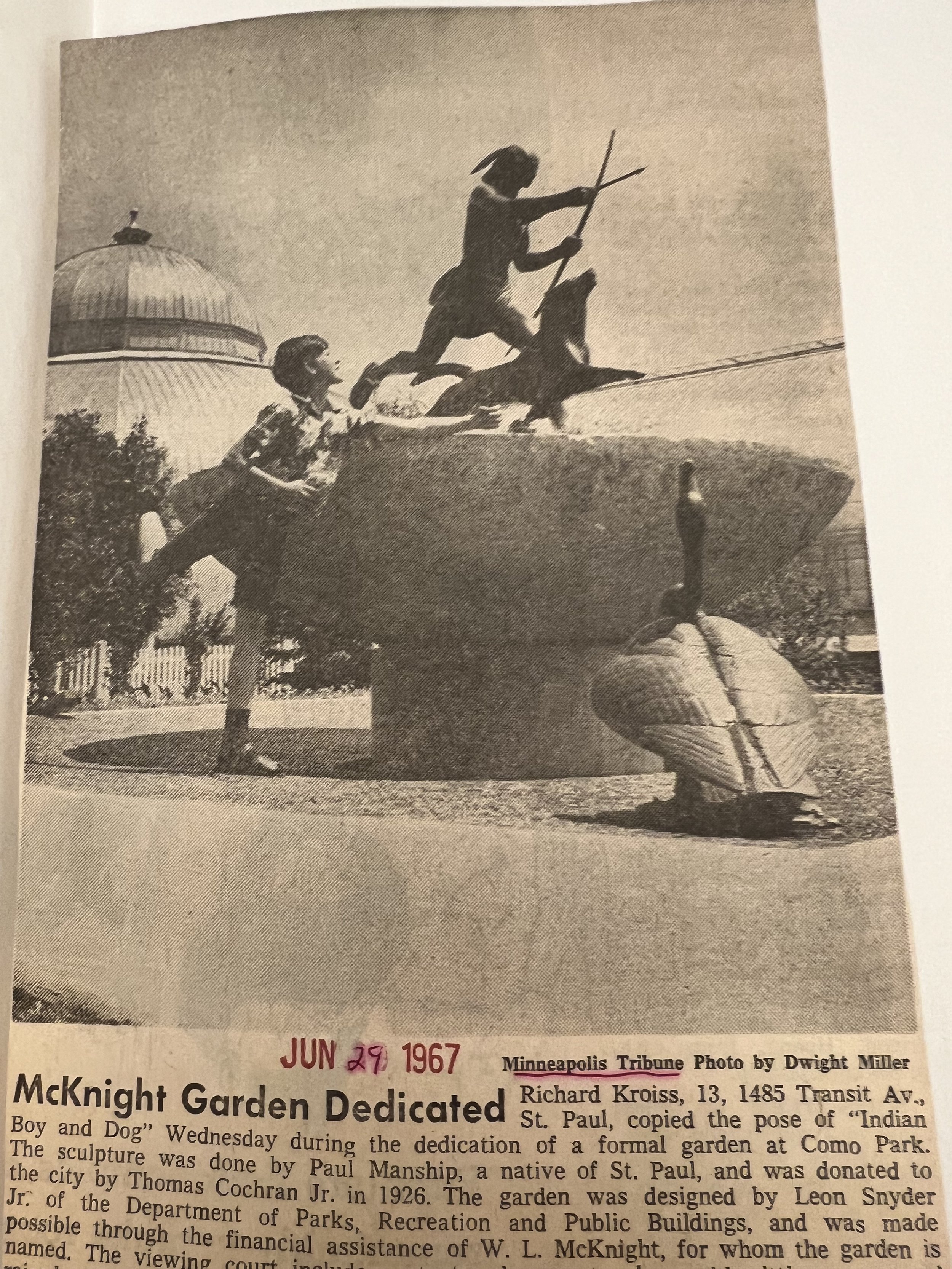
The work was moved to Como for a short time.

fabricated to withstand Minnesota winters. All we need is for the snow to stop, and the ground temp to reach 60 degrees and tiling can begin.

Fill the air with smoke but it is warm and the restoration of the basin begins.
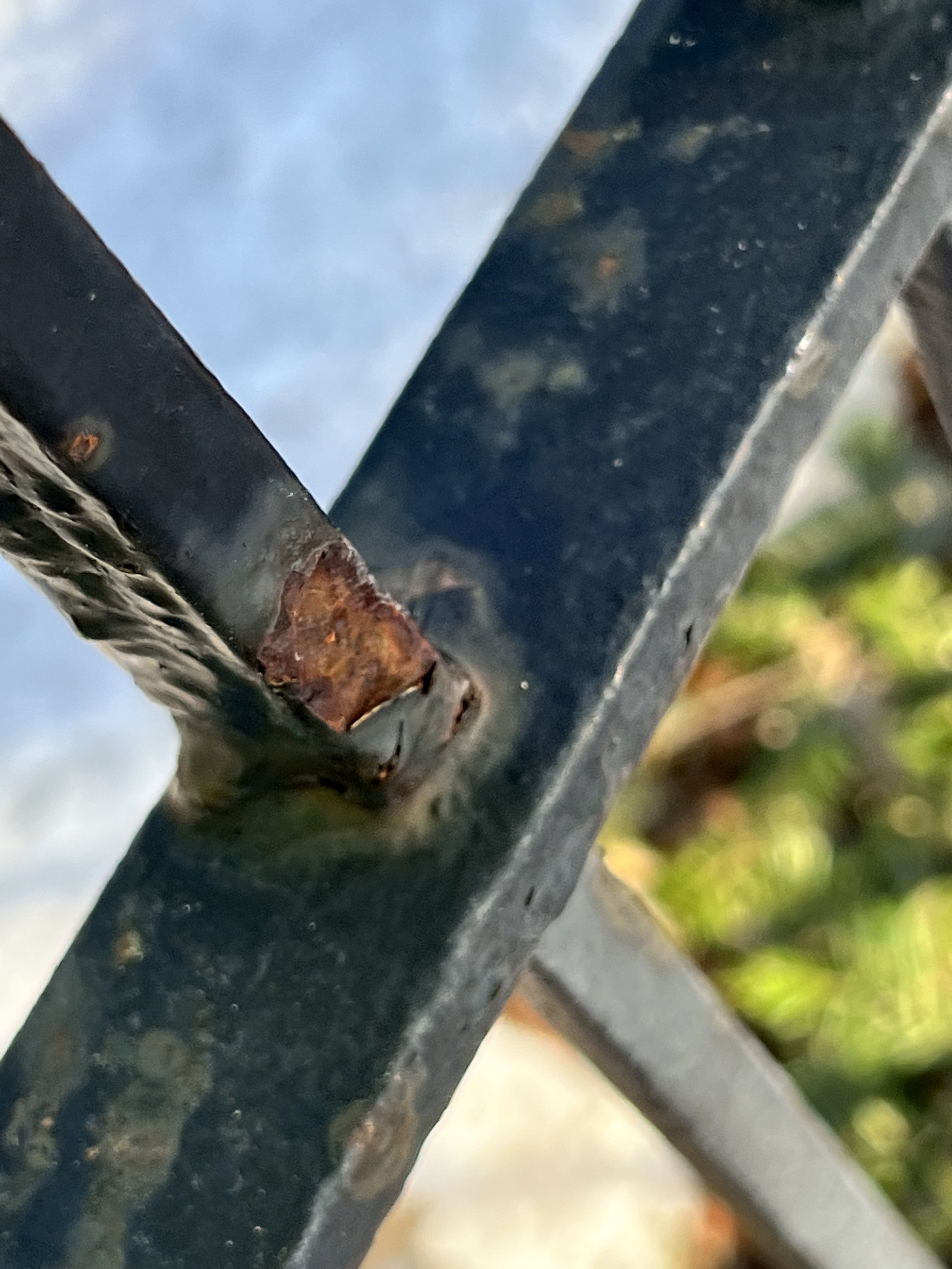
Also needed. The entire surrounding fence is removed.
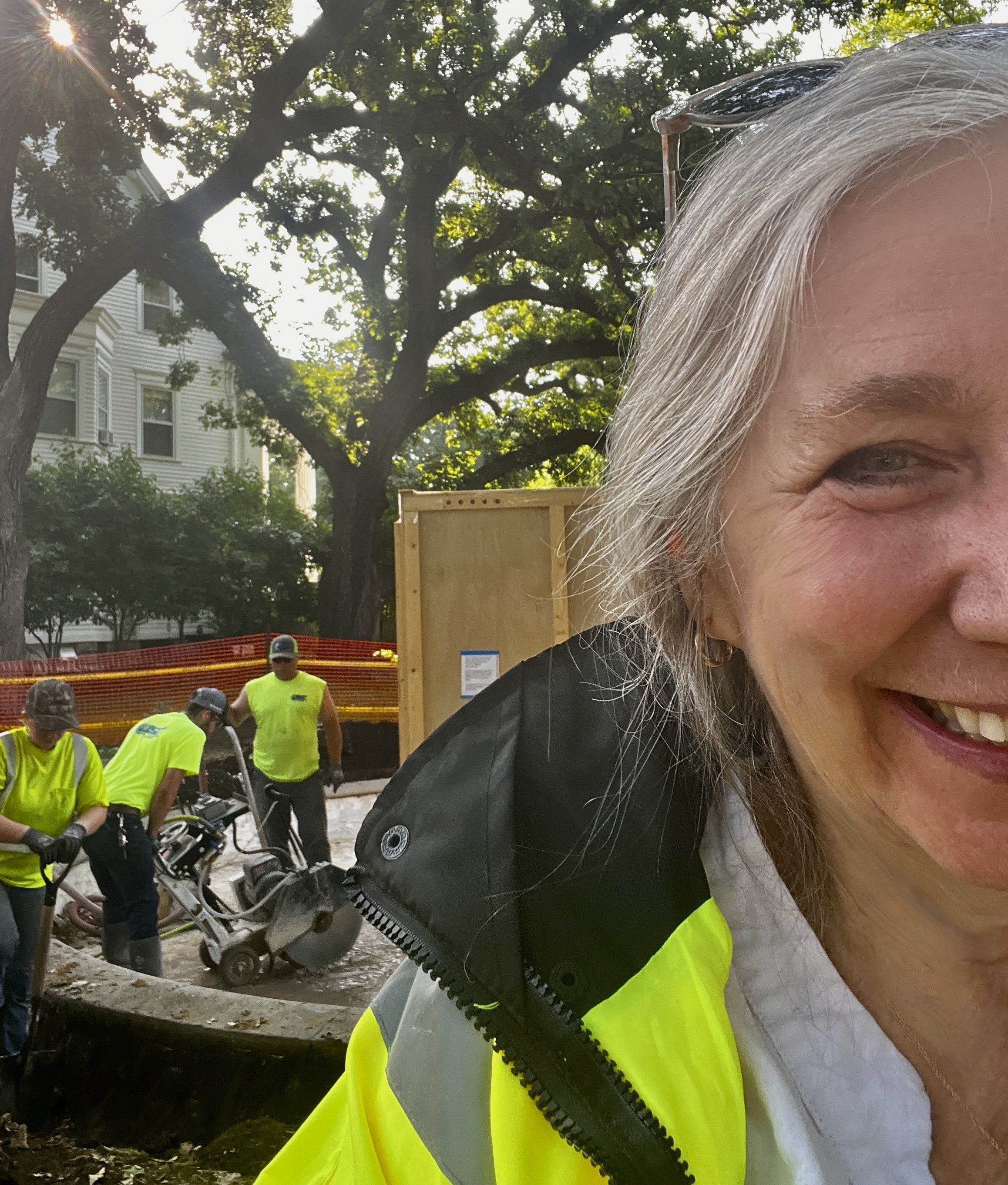
The fountain basin must be repaired, and plumbing, too.


Basin repair leads to the discovery of the original tiles buried underneath concrete.
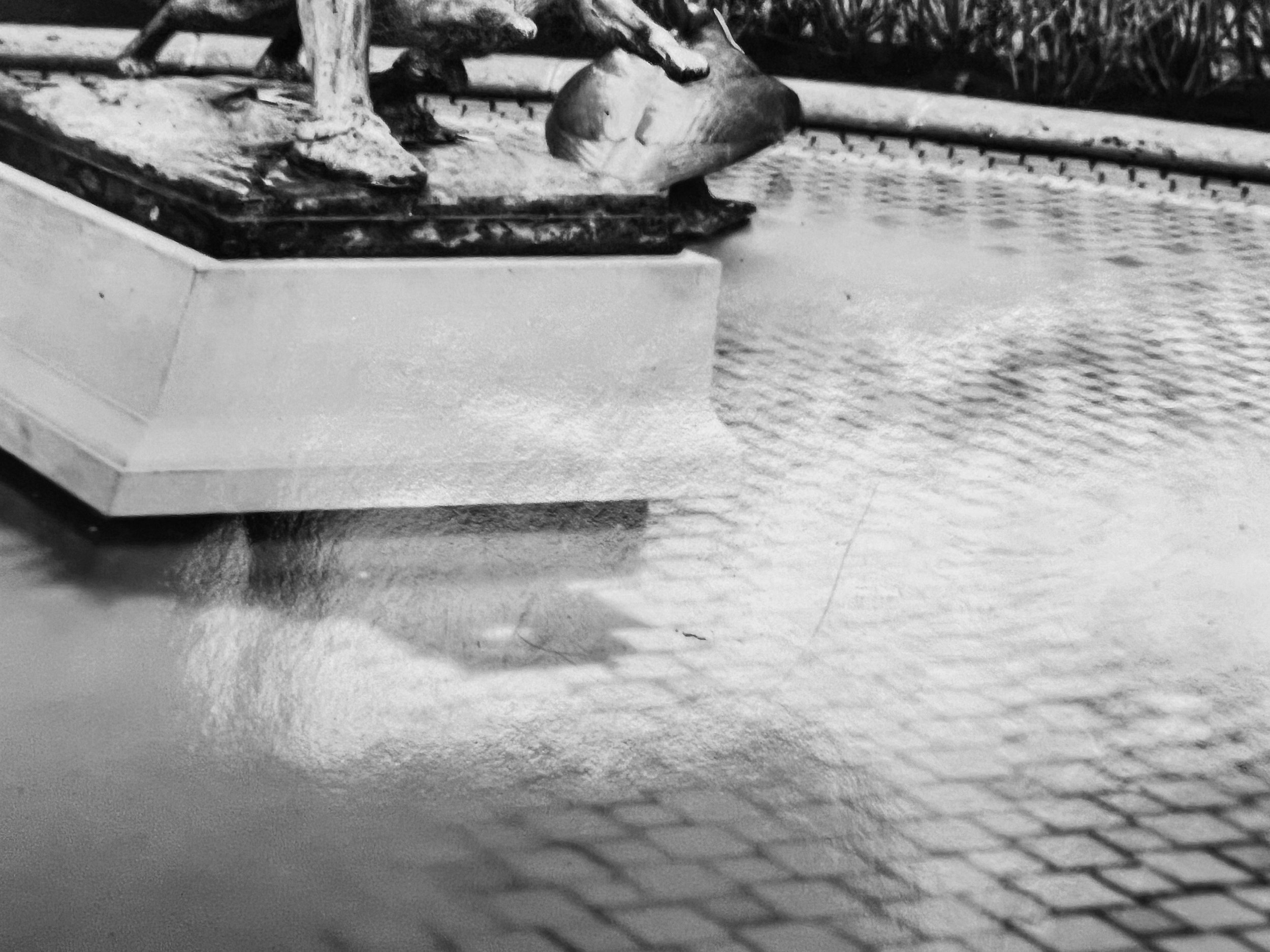
presented a problem during tiling. Since this appeared to be the artist's intent for the installation, the decision is made to use small blue tiles that would "disappear" and not take the focus away from Manship's work.

The original tiles guide our aesthetic choice, as Conservators are always taught to restore a work as closely to the artists's original intent as possible.

Muddy work




With tempatures soaring, Andy and his crew worked hours and hours to get each tile laid perfectly. They did not lay them down in sheets, but one at a time. They did it because they knew it would have been what Manship wanted. What a professional crew.
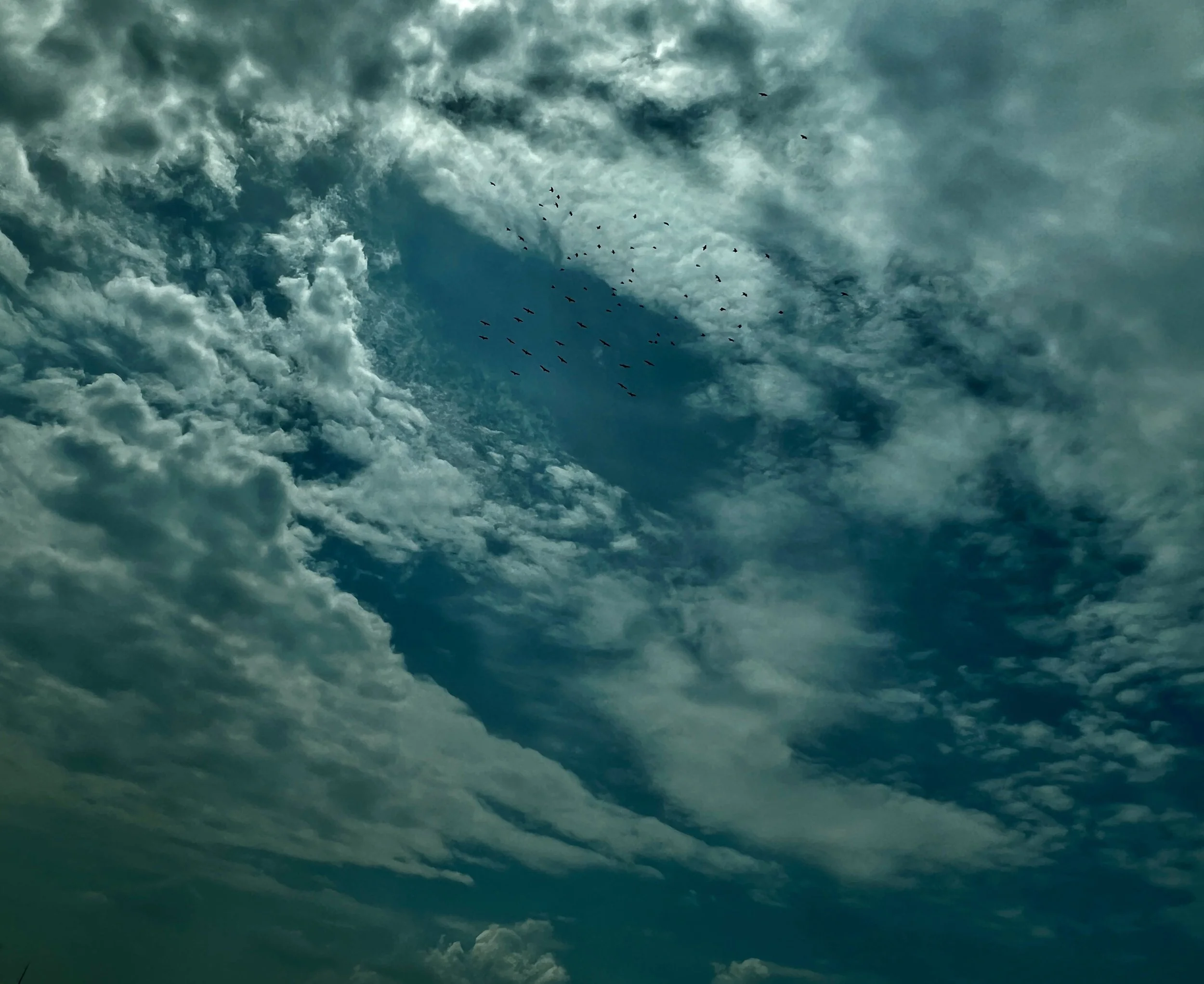


an addition to the sculpture in the 1980s.

